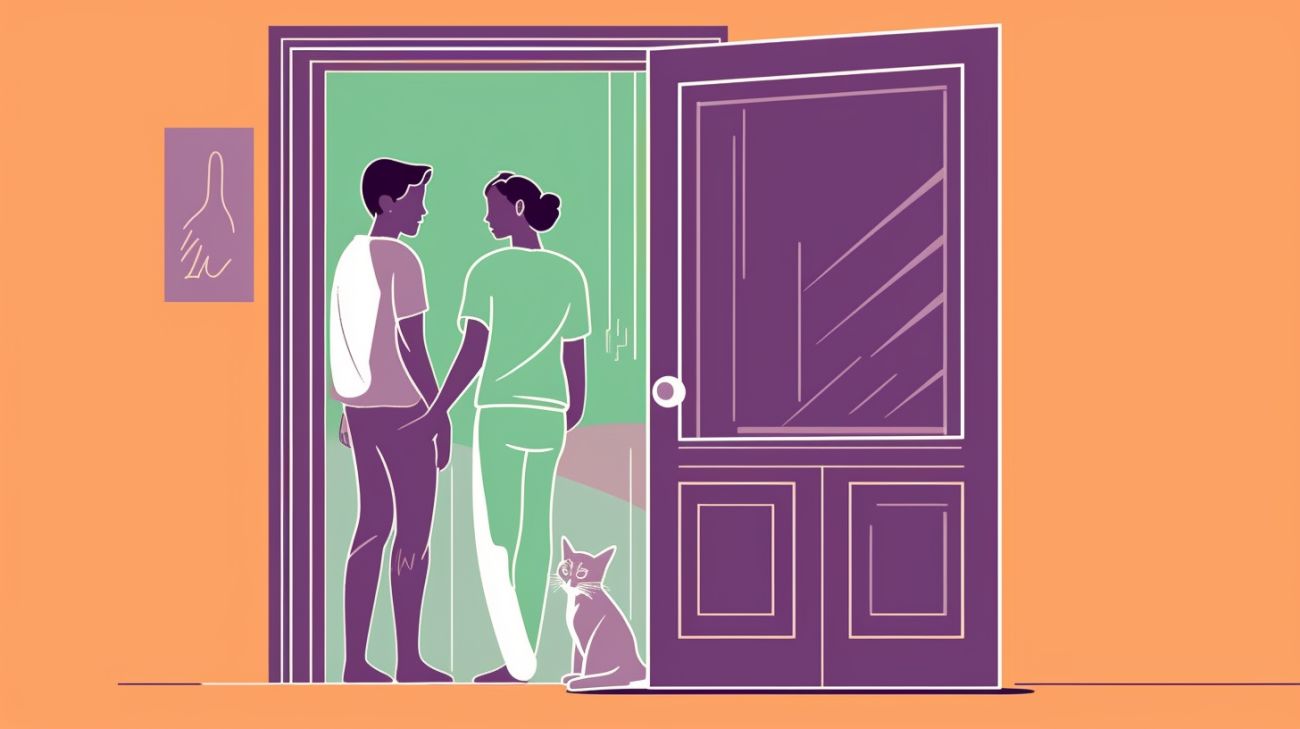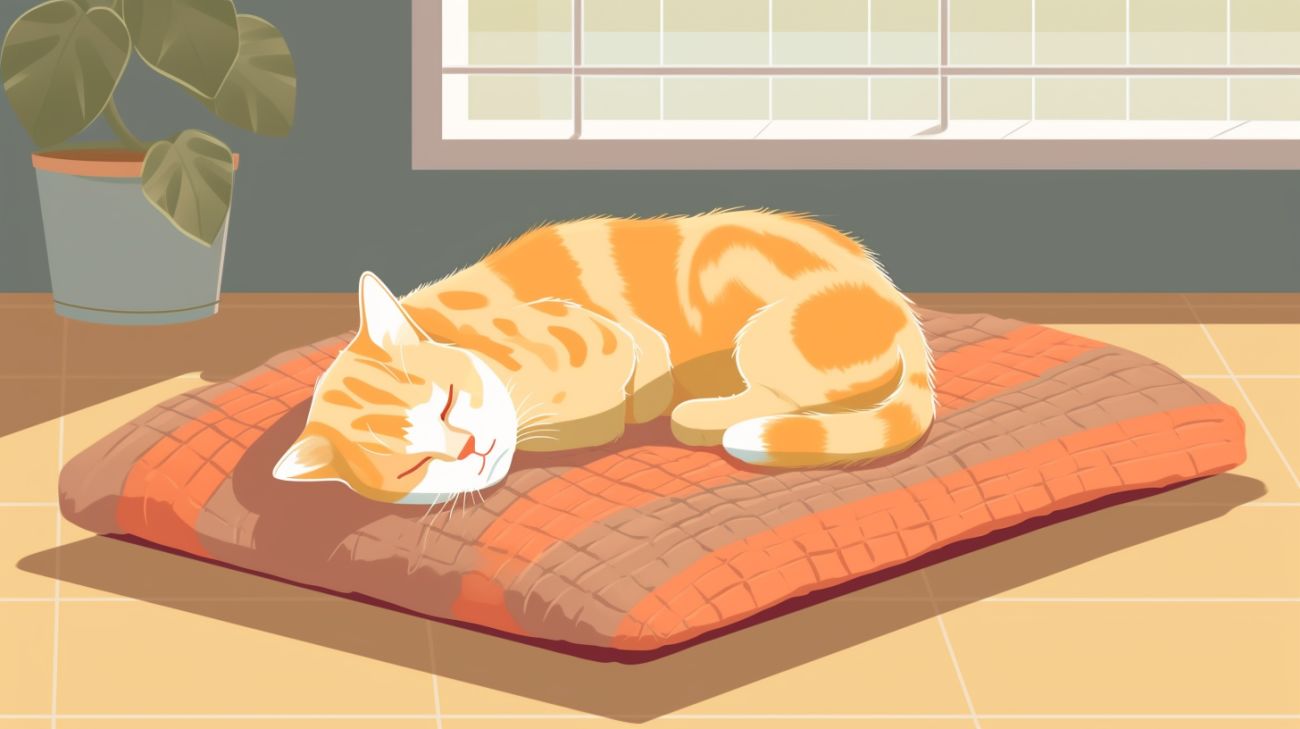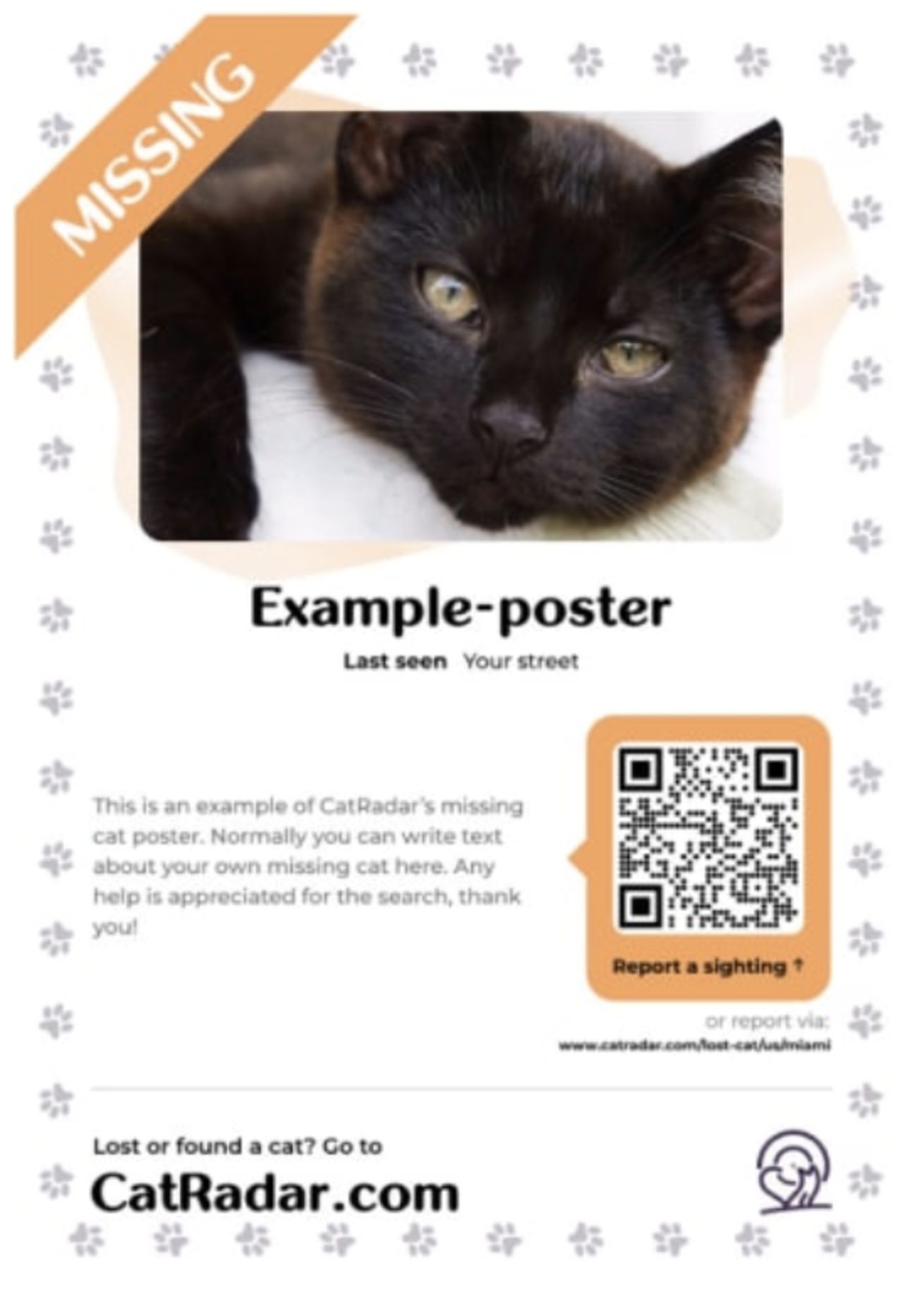Key takeaways
Owning an indoor kitty means you don’t have to worry about rival cats, busy roads, or pet theft. However, it does mean your beloved friend hasn’t got the street sense to navigate the outside world.
This means if (and let’s be honest, it’s more likely ‘when’) your cat attempts an escape, it can be potentially dangerous.
In this article, we’ll explore what to do if your indoor cat accidentally gets out. It’s an incredibly stressful situation, and it’s understandable to feel hopeless and even useless. But don’t fret. Keep calm and follow our advice.
Quick Navigation
1. Start at home
For apartment buildings
Behind bins
Behind counters
Underneath furniture
In neighboring flats (with permission, of course)
Staircases
Elevators (yep, they're impressive escape artists)
Basements
Communal gardens
"Unless you've recently moved home, your cat's probably tapping into their homing abilities and finding their way back to you."

For houses
Sheds
In and around bins
In hedges and bushes (cats can get stuck in thick shrubbery)
Under cars
Under garden furniture
Up trees

2. Call upon your neighbors
Social media
Detailed description: 'A black cat with a white tip tail' just won't cut it. Describe specific traits like physical features that stand out, whether they're friendly or timid, whether they're microchipped, whether they are vocal or silent, and anything else you can think of.
Practical and detailed information: Remember to let your neighbors know how old your cat is, their name, whether they are indoor or outdoor, and where they live. You can always give an approximate location if you're reluctant to share personal information.
Direct your neighbors: Suggest your neighbors open their front door, windows, and bedroom doors in case your cat was hiding in their house and became trapped. You can also ask if they'd mind popping a food bowl or treat bag on their window ledge to help attract your hungry friend.
"75% of cats are found within a 500m radius of their point of escape, so branching out will improve the odds of reuniting with your best buddy"

Go door-to-door

3. Prep for the next day
Call local shelters

Lure your cat back home
"Our fluffy friends have an incredible sense of smell, with over 200 million odor senses in their noses. To put that into context, we humans only have 5 million."

Create a missing cat poster
Community centers
Cafes
Parks

Let us help you

FAQs
How do I attract my cat back home?
To attract your cat back home, it's essential to use their incredible sense of smell. By leaving their litter box, wet food, or blankets that smell like home, it'll make it easier for your cat to find their way home. It's also important to get your cat microchipped in case they are handed in to a vet.
How do cats find their way home?
Cats have an incredible sense of smell and fantastic hearing ability, which they use to find their way home. Their homing abilities mean that cats can travel for miles and still locate their home. If your cat hasn't found its way home, then a humane trap might help.
Do cats come back home after running away?
Whether your cat comes back home after running away depends on the reason it ran away, to begin with. If your cat was in heat, it's likely it ran away to mate. This means it's also likely it will return afterwards. However, if something around your house prompted the escape, like a new pet or disruptive noises, you're cat may not return on its own.
How long should my cat be missing before I start to worry?
If you have an indoor cat that has escaped, you should be immediately proactive in finding them. However, if you have an outdoor cat you might be less inclined to worry. Either way, you should start your search immediately, as you're much more likely to find your cat within the first 24 hours of them going missing.
Why do indoor cats run away?
Reasons for indoor cats to run away include:
Your cat's in heat and is seeking a mate
You have recently moved home
There is a new pet in the house
Their routine has become disrupted
They are sick or injured
They are nearing death
Loud noises in the home
Other cats in the neighborhood are threatening them
Your cat is pregnant and looking for somewhere to give birth[[/faq-answer]]
Can a cat survive outside?
The short answer is yes, a cat can survive outside. However, if you own an indoor cat it won't have the same survival skills as an indoor-outdoor cat. This means predators, busy roads, and extreme weather can put your kitty at risk if they don't find a safe hiding spot.
What are the odds of finding a missing cat?
64% of cats are found after going missing, so the odds of finding your kitty are in your favor!
Where do cats go when they go outside?
Where your cat ventures when they go outside depends on their personality. Outgoing and adventurous kitties may spend more time exploring neighbors' houses in an attempt to get some more affection and treats. More independent cats will spend time in abandoned buildings, fields, and farms, staying away from unnecessary human interactions and settling in a safe spot.



